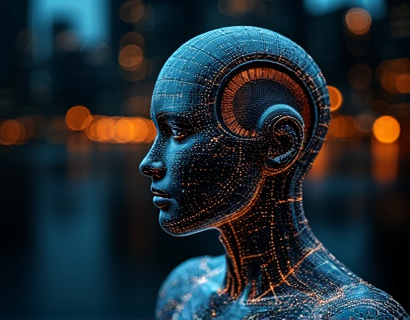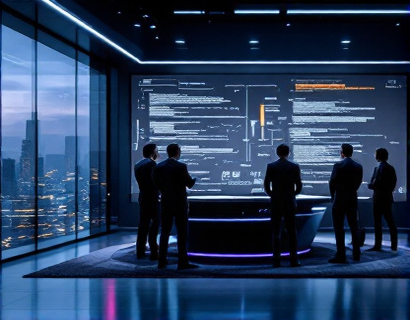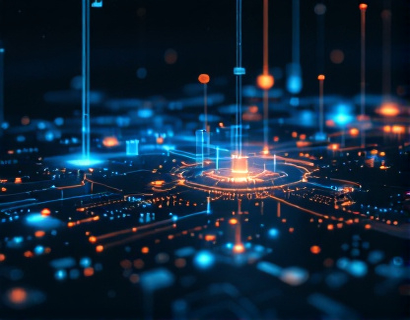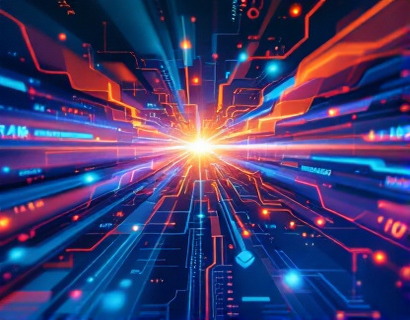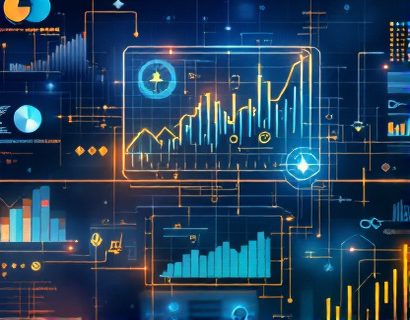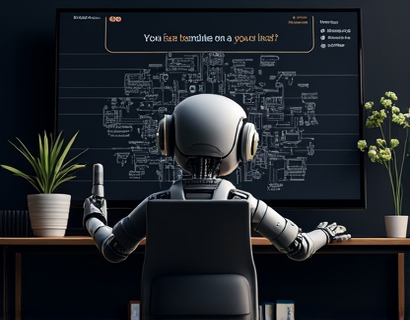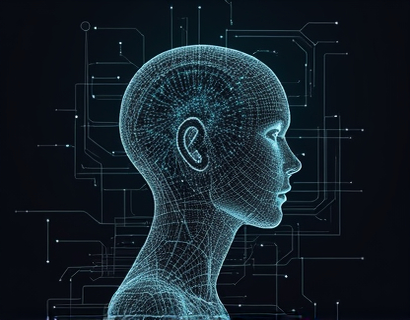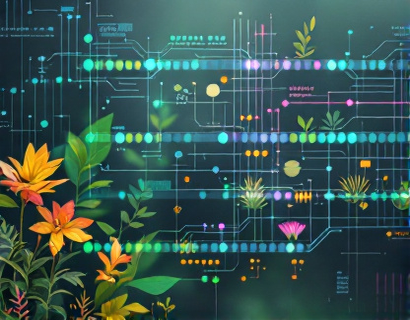AI-Powered Translation Technology: Revolutionizing Global Communication
In an increasingly interconnected world, the ability to communicate across languages has become more crucial than ever. AI-powered translation technology stands at the forefront of this revolution, offering unprecedented precision and speed in breaking down language barriers. This advanced technology is not just a tool for translators but a game-changer for businesses and individuals seeking to expand their global reach. By leveraging the power of artificial intelligence, these solutions provide accurate and efficient translations, facilitating seamless multilingual connections across various industries.
The Evolution of Translation Technology
The journey of translation technology has been marked by significant milestones. From the early days of rule-based systems to the current era of neural machine translation, the accuracy and naturalness of translations have seen dramatic improvements. Traditional methods relied heavily on predefined rules and dictionaries, often resulting in stiff and unnatural translations. The advent of machine learning and deep learning has transformed this landscape, enabling systems to learn from vast amounts of data and context, thus producing more fluent and contextually appropriate translations.
How AI-Powered Translation Works
At the core of AI-powered translation technology lies neural machine translation (NMT). Unlike traditional rule-based systems, NMT uses neural networks to understand and generate translations. These neural networks are trained on massive datasets, allowing them to capture the nuances and complexities of language. The process involves several key steps: tokenization, where text is broken down into manageable units; encoding, which converts the input text into a numerical format; and decoding, where the system generates the translated text. This approach enables the model to consider the entire sentence or even longer contexts, leading to more accurate and coherent translations.
Benefits for Businesses
For businesses, AI-powered translation technology offers a multitude of benefits. One of the most significant advantages is the ability to communicate effectively with international clients and partners. Language barriers can hinder business growth and limit market access, but with advanced translation tools, these obstacles can be overcome. Accurate and rapid translations ensure that business communications, from emails and reports to marketing materials and customer support, are understood by a global audience. This not only enhances customer satisfaction but also builds trust and credibility in international markets.
Moreover, AI-powered translation tools can significantly reduce the costs associated with human translation. While human translators are invaluable for nuanced and creative content, routine and high-volume translations can be efficiently handled by AI. This efficiency allows businesses to allocate resources more effectively, focusing on core activities while ensuring seamless communication. Additionally, the speed of AI translations enables real-time communication, which is crucial in fast-paced business environments.
Enhancing Individual Communication
Individuals too can greatly benefit from AI-powered translation technology. Travelers, students, and professionals who frequently interact with people from different linguistic backgrounds can use these tools to overcome language barriers. Whether it's translating a simple phrase while traveling or converting complex documents for academic purposes, AI translation tools provide instant and reliable assistance. This accessibility fosters greater cultural exchange and understanding, breaking down the walls that language differences can create.
For language learners, AI-powered translation tools serve as valuable aids. They can help learners understand native content, practice their writing skills, and gain insights into the nuances of a language. The immediate feedback and corrections provided by these tools accelerate the learning process, making language acquisition more efficient and enjoyable.
Industry-Specific Applications
The applications of AI-powered translation technology extend across various industries, each with its unique requirements and challenges. In the healthcare sector, accurate translations are critical for patient care and safety. AI tools can translate medical records, patient instructions, and research papers, ensuring that healthcare providers and patients communicate effectively. This is particularly important in global health initiatives where multilingual support is essential.
In the legal field, precision is paramount. AI-powered translation tools can assist in translating legal documents, contracts, and court proceedings, ensuring that the nuances and legal terminology are accurately conveyed. This helps in maintaining the integrity of legal communications and reducing the risk of misinterpretation.
The automotive industry, with its global supply chains and diverse customer base, benefits from AI translation tools in technical documentation, user manuals, and marketing materials. Accurate translations ensure that customers understand product features and safety instructions, enhancing user experience and compliance with international standards.
Challenges and Limitations
Despite its numerous advantages, AI-powered translation technology is not without challenges. One of the primary concerns is the accuracy of translations, especially for low-resource languages with limited training data. While NMT has made significant strides, certain languages and dialects may still struggle with precision. Additionally, idiomatic expressions, humor, and cultural references can be difficult for AI systems to translate accurately, requiring human intervention in such cases.
Another challenge is the potential for over-reliance on AI tools, which could lead to a decline in human language skills and cultural understanding. It is essential to strike a balance between leveraging technology and maintaining the human touch in communication. Continuous improvement and refinement of AI models, along with human oversight, can help mitigate these issues.
Future Prospects
The future of AI-powered translation technology looks promising, with ongoing advancements set to address current limitations. One area of focus is the development of multilingual models that can handle multiple languages simultaneously, further enhancing the efficiency and versatility of translation tools. The integration of context-aware and sentiment-analysis capabilities will enable more nuanced and culturally sensitive translations.
Furthermore, the rise of edge computing and on-device translation solutions will reduce latency and improve privacy, making AI translation more accessible and secure. As AI continues to evolve, we can expect even more sophisticated and user-friendly translation tools that seamlessly integrate into various platforms and devices.
Conclusion
AI-powered translation technology is revolutionizing global communication, breaking down language barriers and fostering deeper connections between businesses and individuals. With its precision, speed, and scalability, this technology is transforming the way we interact across languages and cultures. As the technology continues to advance, the potential for more seamless and effective global communication becomes increasingly tangible. Embracing AI-powered translation tools can open up new opportunities and drive success in an interconnected world.




